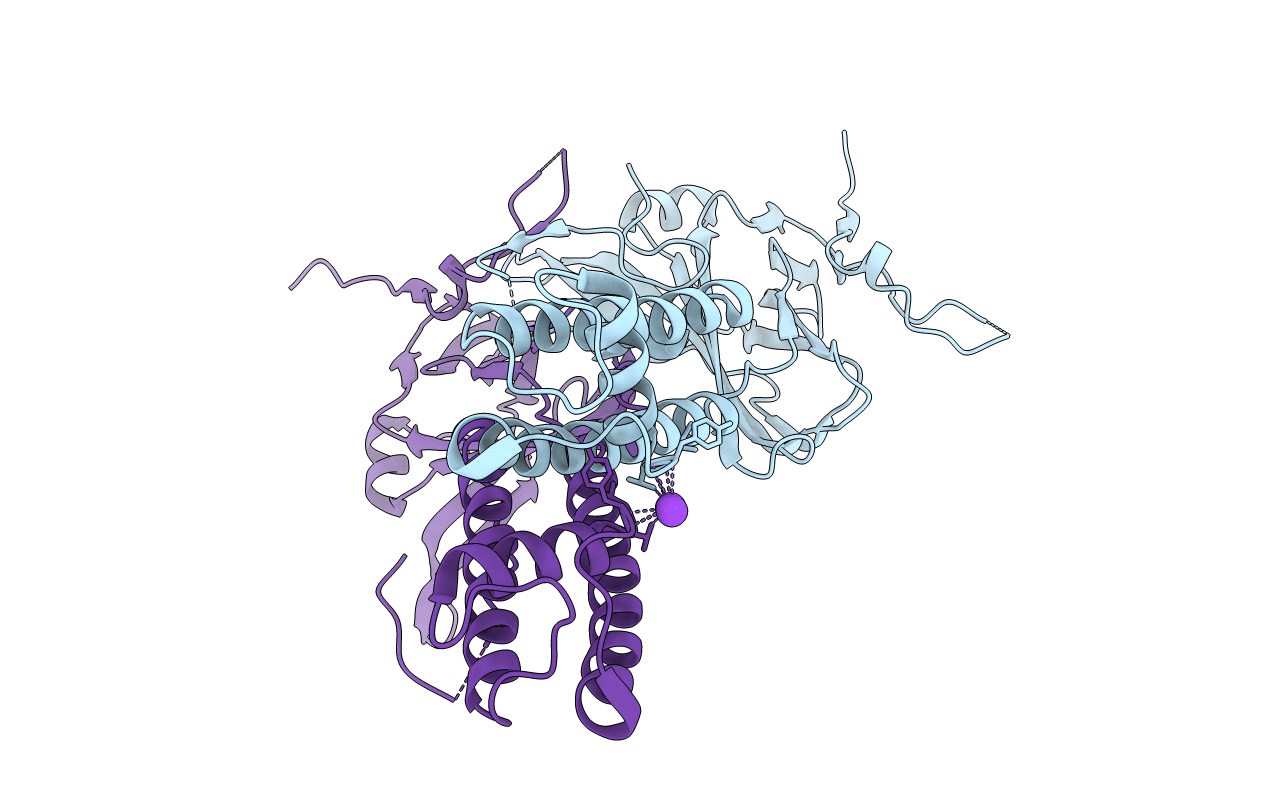
Deposition Date
2020-09-15
Release Date
2022-01-12
Last Version Date
2024-01-31
Entry Detail
PDB ID:
7ADI
Keywords:
Title:
KirBac3.1 W46R: role of a highly conserved tryptophan at the membrane-water interface of Kir channel
Biological Source:
Source Organism:
Magnetospirillum magnetotacticum (Taxon ID: 188)
Host Organism:
Method Details:
Experimental Method:
Resolution:
2.80 Å
R-Value Free:
0.28
R-Value Work:
0.22
R-Value Observed:
0.22
Space Group:
P 21 21 2


